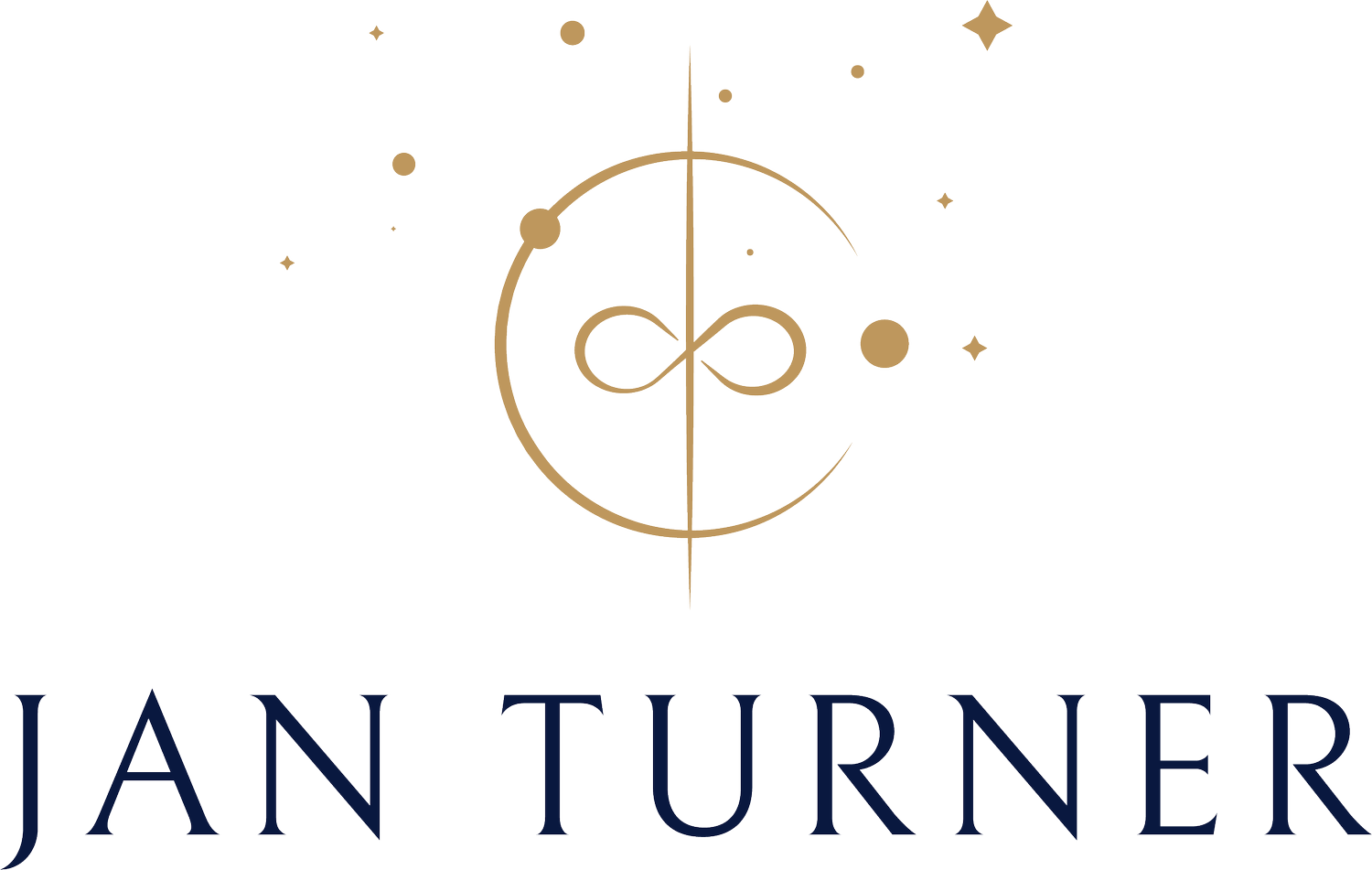Before Burnout: Quiet Cracking
A new term has been popping up in discussions about leadership and workplace dynamics: quiet cracking.
While quiet quitting was all about employees pulling back and only doing the bare minimum, quiet cracking tells a different story. It refers to a gradual decline in engagement that often goes unnoticed until burnout hits. Those who are quietly cracking still show up, perform their tasks and often care deeply about their work. However, on the inside, they’re running low on meaning, energy and connection. It’s a subtle pressure that builds up over time.
A 2025 report from TalentLMS reveals that 54 percent of U.S. employees feel some degree of quiet cracking in their jobs. One in five say they experience this feeling frequently. On the other hand, burnout is much more recognized and measurable. The World Health Organization now categorizes burnout as an occupational syndrome tied to chronic workplace stress that hasn’t been effectively managed. According to Forbes, between 66 and 77 percent of professionals encounter burnout at some point in their careers.
Quiet cracking and burnout emerge from the same issues, including overwhelming workloads, feeling unappreciated, lack of support from management, job insecurity and employees’ own personality dynamics. However, they manifest in different ways.
Quiet cracking often sneaks up on you. It starts with emotional fatigue that presents as a slight sense of dissatisfaction. An employee who was once fully engaged may begin to feel disconnected, gradually losing their motivation and pulling away bit by bit. While creativity and enthusiasm wane, their productivity might still appear steady from the outside. Because those in this phase are still completing their tasks, leaders often overlook the warning signs.
Burnout, in contrast, is the tipping point. What begins as energy depletion can spiral into full-blown exhaustion, cynicism and a sense of detachment. People stop caring, stop being fully present and their physical and emotional well-being often suffers. While quiet cracking can be hidden beneath the surface, burnout is something that simply cannot be ignored.
Think of quiet cracking as a subtle warning sign. If it’s ignored, it can lead straight to burnout. The difference between the two often boils down to time, pressure and the level of support. Those who are experiencing quiet cracking are already starting to lose vital internal resources like motivation and resilience. If losses like these keep piling up, the risk of burnout surges.
For organizations, this distinction matters. Leaders and HR teams often respond only once burnout is visible, by which point recovery is much harder and more expensive. Gallup research shows that burnout contributes to a 15 percent drop in productivity and increases turnover risk by nearly 50 percent. Recognizing the quiet cracking stage allows organizations to intervene earlier, before engagement and wellbeing collapse.
The solutions are compelling and straightforward. It all begins with awareness and fostering a positive culture where openness and vulnerability are encouraged. Make it normal to have open discussions about emotional wellbeing. Train your managers to spot the early signs of disengagement and talk transparently about workplace dynamics. Ensure workloads are manageable, making trade-offs and putting mitigating actions in place when the pressure is high. Appreciate effort, not just the end results. Promote taking breaks, time off and time for reflection and caring for each other as smart strategies and leadership strengths, not as indicators of weakness.
For each of us, the journey starts with a dose of honesty. Take a moment to notice if you're feeling worn out or a bit disconnected. It’s a red flag when you find yourself thinking, “I just need to push through this week.” That’s usually a sign that something’s not quite right. Don’t hesitate to reach out to your network, your manager, your mentor or a coach. By setting clear boundaries and acknowledging what you’re experiencing, you can steer clear of a gradual descent into full-blown burnout.
Both the subtle signs of cracking and the feeling of burnout serve as reminders that pushing ourselves without taking time to recharge just isn’t sustainable. The sooner we recognize these signs, the better our chances are of rebuilding ourselves before we hit a breaking point.
So here’s a question worth asking yourself this week and engaging on with your team:
Where might you be cracking quietly, and what would it look like to care for that before it burns?
